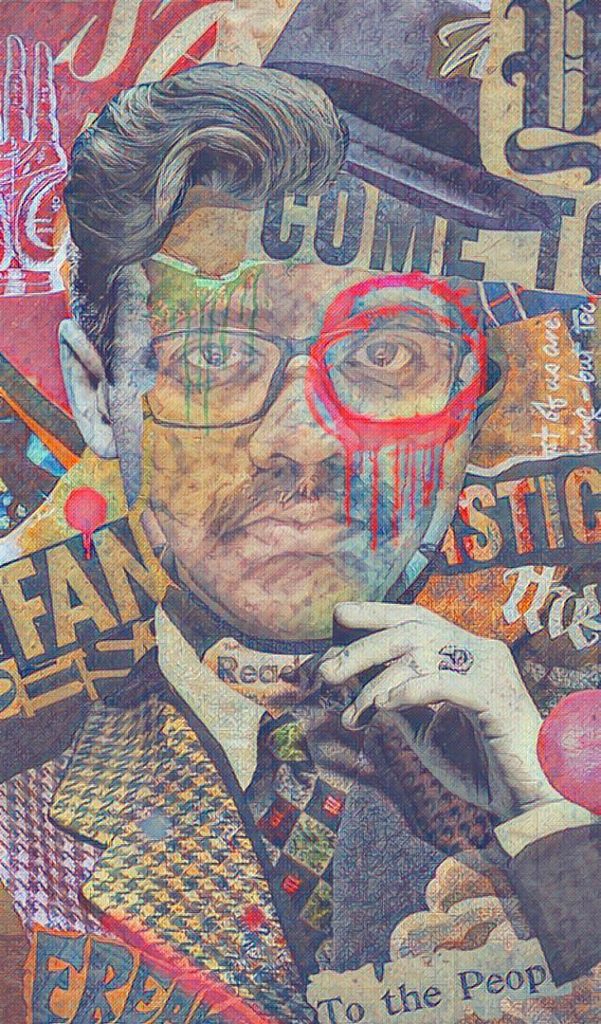Version: 1.0 - Stay tuned for updates!
In the dynamic world of web and app development, the decisions you make early on can significantly impact your project’s success and scalability. The choice of framework, for instance, isn’t just about today’s needs. It’s a reflection of where you envision your project in the future. So, how do you align your framework choice with both present requirements and tomorrow’s growth?
The Basics: What is a Framework?
A framework is a pre-written code library that provides a foundation to develop applications faster and more efficiently. While libraries offer specific functionalities, frameworks give developers a blueprint, reducing the need to build from scratch.
Essential Considerations for Scalability & Management
Before diving deep into specific stacks, let’s explore universal principles that every developer should consider:
- API Development: If you’re developing a web app today, chances are you’ll want a mobile extension tomorrow. Designing with a robust API ensures seamless integrations and expansions.
- Microservices Architecture: This modular approach breaks your application into smaller, manageable pieces, promoting scalability and ease of maintenance.
- Load Balancing: As your user base grows, distributing network traffic becomes paramount to maintain speed and efficiency.
- CI/CD: Continuous integration and deployment streamline your software release process, ensuring rapid, consistent, and reliable updates.
- Source Code Control: Platforms like Git facilitate collaborative development, version control, and prevent code conflicts.
Types of Frameworks & Stacks Overview
Web and app development landscapes are broad, encompassing various tools and technologies tailored to specific needs. These can be broadly categorized into web development (front-end and back-end) and app development (native and cross-platform).
Diving Deep into Stacks
- Python-Based: Web development thrives with frameworks like Django for its ORM capabilities and Flask for microservices. For app enthusiasts, Kivy and BeeWare are Pythonic options.
- PHP-Based: Web development in PHP is often synonymous with Laravel’s elegance and Symfony’s robustness. While PHP isn’t the go-to for app development, it shines in backend API services.
- Java-Based: Spring Boot continues to be a favorite for web-based applications, while Android development harnesses Java’s power. JavaFX provides a touch of desktop flair.
- JavaScript-Based: The world of JS is vast. React, Vue.js, and Angular dominate the front-end, while Node.js with Express offers back-end prowess. Mobile developers often lean towards React Native, and Electron serves desktop needs. Svelte is making great waves in becoming a powerful with a shorter learning curve for developers.
Key Considerations When Choosing a Framework for Each Stack
While each stack has its merits, your project’s specifics—be it performance needs, development speed, or scalability—should guide your framework choice. Additionally, consider the learning curve, community support, and integration capabilities. Lastly, licensing could influence commercial projects.
Pros and Cons of Popular Frameworks within Each Stack
Every framework has its strengths. Django, for instance, offers rapid development with its “batteries-included” philosophy, while React’s component-based structure ensures reusable code. However, they come with their learning curves and might not be suitable for every scenario.
Real-world Scenarios
Consider Airbnb, which started with a Ruby on Rails backend but shifted towards a service-oriented architecture with Node.js as they scaled. Or Netflix, which uses Java in its backend and JavaScript for its user interfaces, infact its not just one language these applications today work on, its a number of languages used by its multiple teams located around the world, yet they all work just fine.
The Role of Personal Preference in Each Stack
Sometimes, the best tool is the one you’re most comfortable with. A developer well-versed in PHP might achieve better results with Laravel than venturing into unknown territories. But at times you may need to overlook your favorite language or the skill you possess if the requirement calls for the advantage of another language.
Future Trends in Each Stack
The tech landscape is ever-evolving. New frameworks emerge, and existing ones adapt. Keeping an eye on future trends ensures you’re always on top of your game.
Conclusion
Picking the right framework is a blend of understanding your project’s needs, foreseeing its growth, and knowing the tools at your disposal. While the technological choice is crucial, the vision behind that choice is equally significant.
Further Reading & Resources for Each Stack
For those eager to delve deeper, countless online courses, tutorials, and forums discuss the nuances of each stack and framework. Engage, explore, and elevate your development journey. Watchout for updates on this space, where I will be sharing more resources to help you decide and learn.



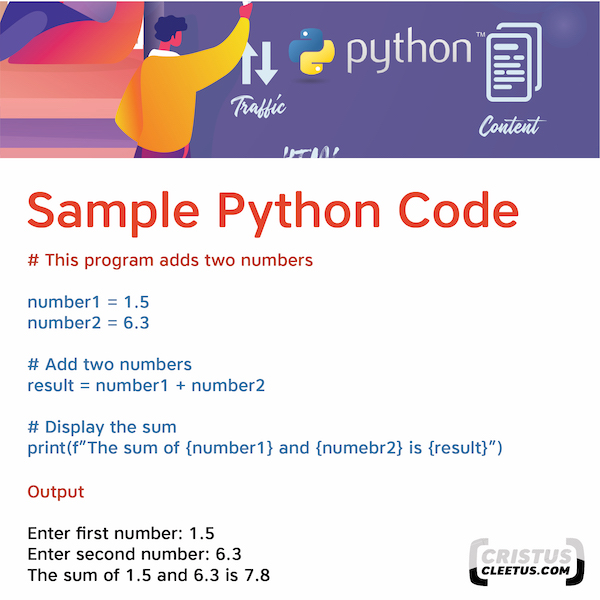
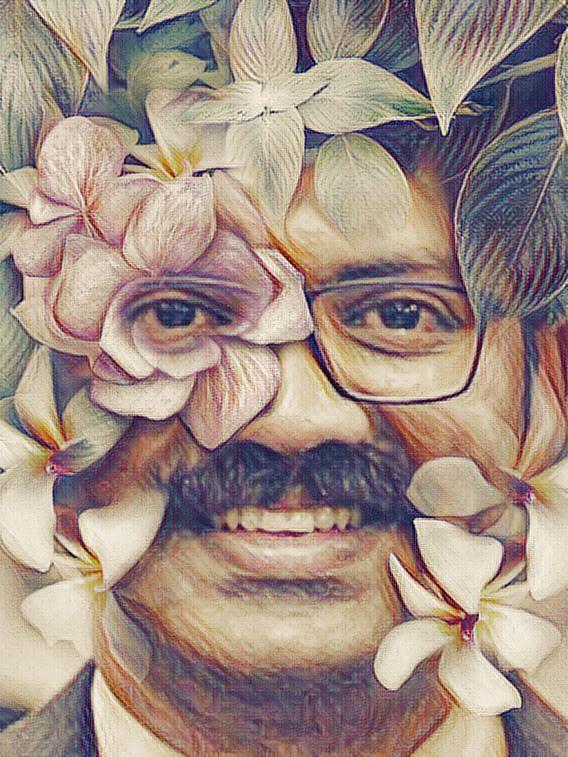
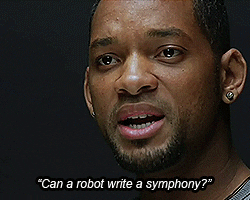
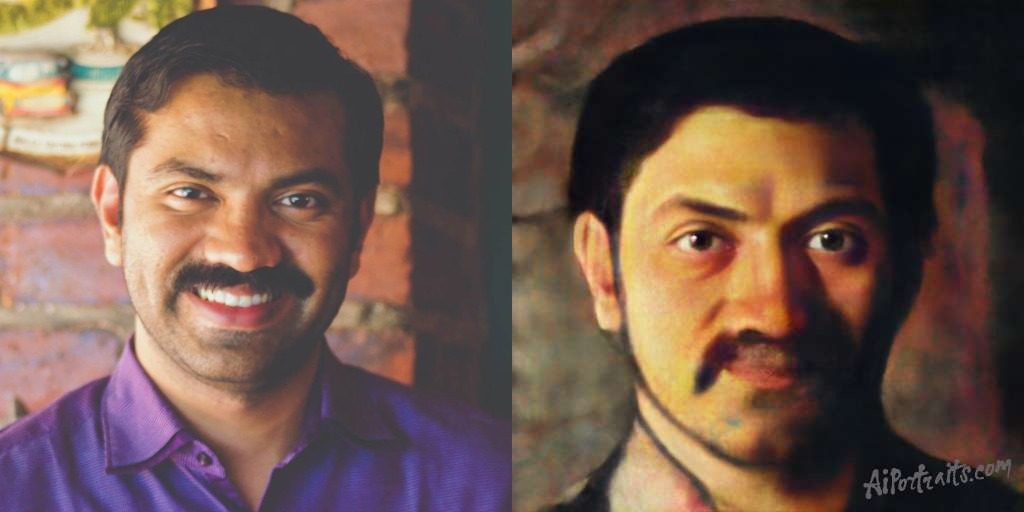
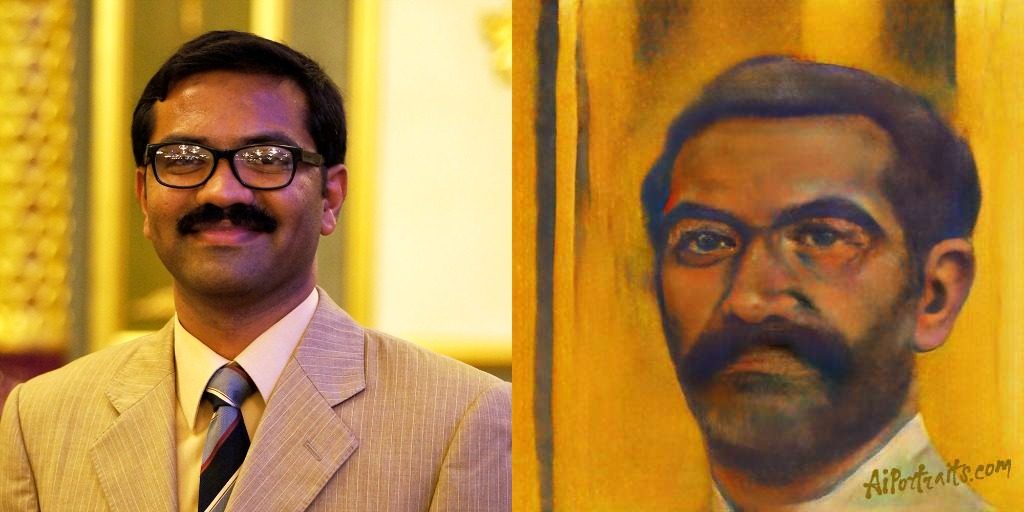
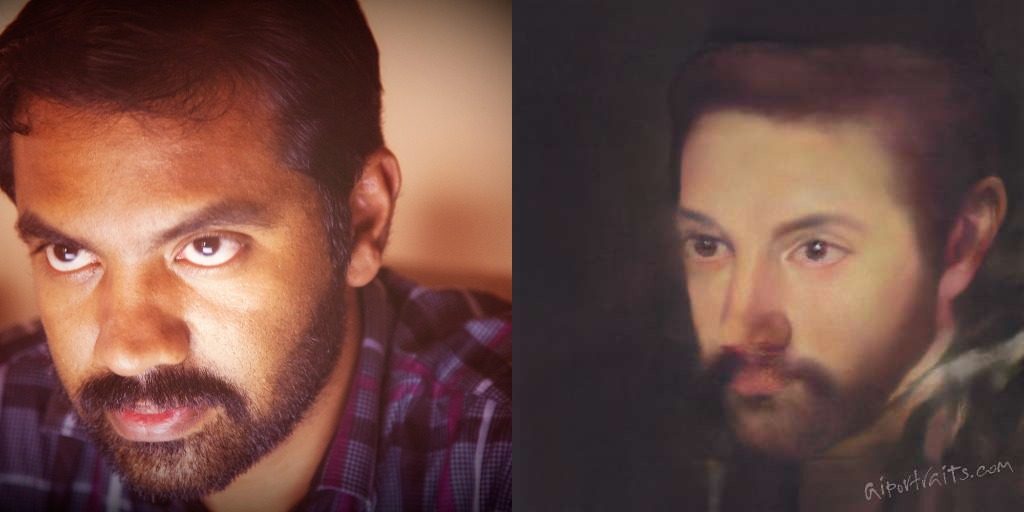
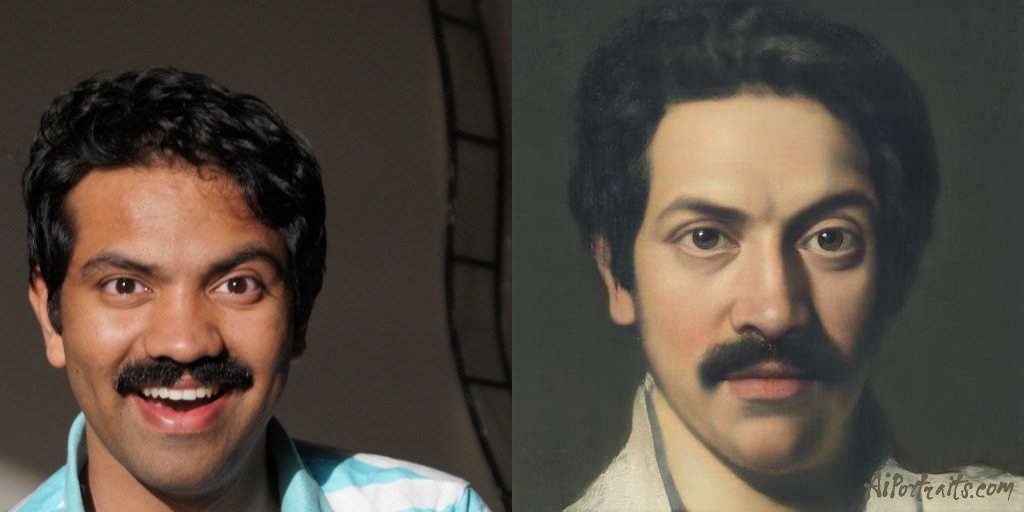
:no_upscale()/cdn.vox-cdn.com/uploads/chorus_asset/file/18326579/ai_portrait_gan_progress.jpg)


